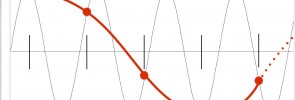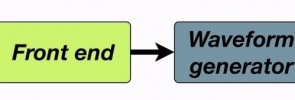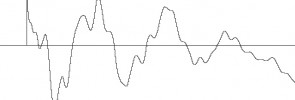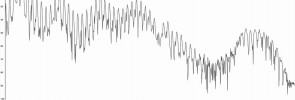
In sampling and quantisation we saw that sampling a signal at a fixed rate means that there is an upper limit on the frequencies that can be represented. This limit is called the Nyquist frequency. Before sampling a signal, we must remove all energy above the Nyquist frequency, and here we will see what would […]
Continue reading...





 This is the new version. Still under construction.
This is the new version. Still under construction.